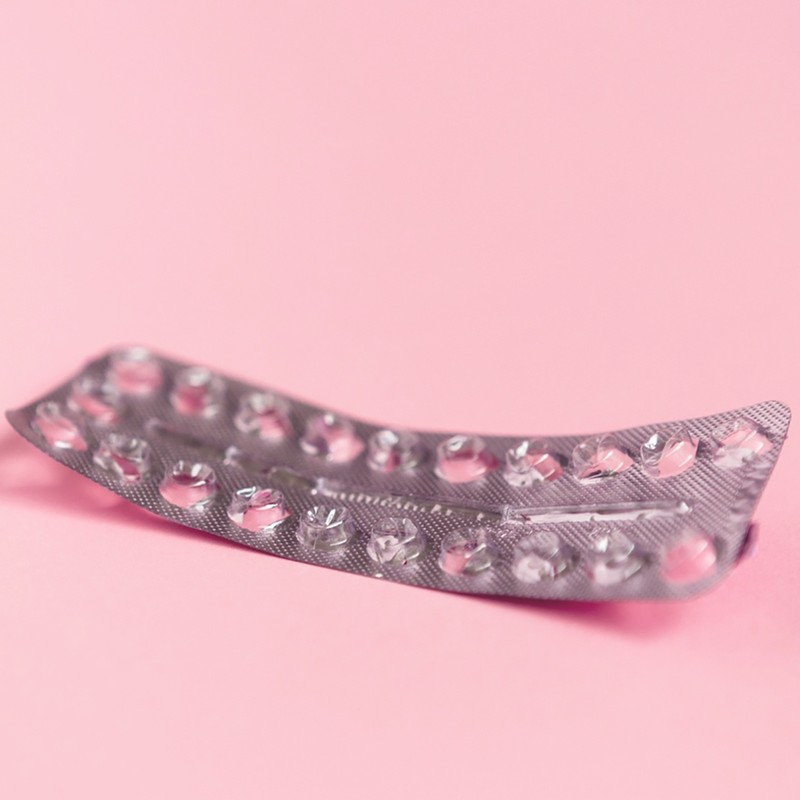The Revolutionary New Contraceptive To Know
Tell us more…
Kyleena is a Kirby-grip-sized IUS (intrauterine system), or intrauterine device, which is inserted into the womb where it releases levonorgestrel. This hormone thickens the cervical mucus and thins the womb lining, creating a sperm-stopping environment, preventing pregnancy with a 99% effectiveness rate for five years.
However, unlike other hormonal IUSs like Mirena, Kyleena releases a lot less levonorgestrel (63% less, to be exact), whilst still being just as effective. It’s also the smallest 5-year IUD available – a T-shape made of soft, flexible plastic, measuring 28mm by 30mm.
Does it have less hormones than the pill too?
Yes. Kyleena contains 20 times less levonorgestrel than the lowest dose contraceptive pill, and is completely oestrogen-free. It’s equally as effective as the pill and, once inserted, Kyleena prevents pregnancy for up to five years – you just leave it be to do its thing, skipping the hassle of daily pill taking.
Plus, the makers say that as Kyleena is inserted into your womb, the hormones it releases are contained within that area, rather than firing awry around the rest of your body. You can have your Kyleena removed at any time and your fertility levels return to normal straight away.
How does it differ to the copper coil?
Copper IUSs, otherwise known as ‘the coil’ or by the brand name Paragard, is a plastic rod covered in a copper coil that releases copper into the uterus, producing an inflammatory reaction that makes it harder for sperm to move and survive in there. This method can last up to ten years.
Since the copper IUS is hormone-free, it won't do anything to regulate your periods. In fact, some people report heavier, longer periods after having the coil inserted. With Kyleena, on the other hand, periods over time usually become shorter, lighter, or may stop – although bleeding and spotting may increase in the first three to six months.
Are there any other risks or side effects?
During Kyleena’s clinical trial, 22% of the women in the study dropped out due to experiencing an adverse reaction – the most common complaints were increased bleeding (4.5%), pelvic pain (4.2%), device expulsion (3.1%), acne (2.3%) and painful periods (1.3%).
An even smaller percentage of participants experienced serious reactions like ectopic pregnancy, miscarriage, depression and uterine perforation – but it’s important to remember all these risks are in line with other IUSs currently on the market.
About 22 out of 100 women using Kyleena develop a cyst on the ovary – these cysts usually disappear on their own in two to three months. However, cysts can cause pain and sometimes need surgery.
And finally, as with all IUSs, placement is mildly uncomfortable and the devices can fall out or shift position, which can increase your risk of pregnancy. They could also tear your womb and cause pelvic inflammatory disease.
The bottom line?
Out of the 3m UK women currently taking the contraceptive pill, 78% of them are reportedly considering coming off it, and one in five women admit to forgetting to take their pill up to ten times a year – suggesting a more convenient option with less side effects is desperately needed.
If you’re not happy with your current contraception, it may be worth considering new options like Kyleena – speak to your GP for more information and to find out if it’s right for you.
Visit Contraception.co.uk
DISCLAIMER: We endeavour to always credit the correct original source of every image we use. If you think a credit may be incorrect, please contact us at info@sheerluxe.com.


